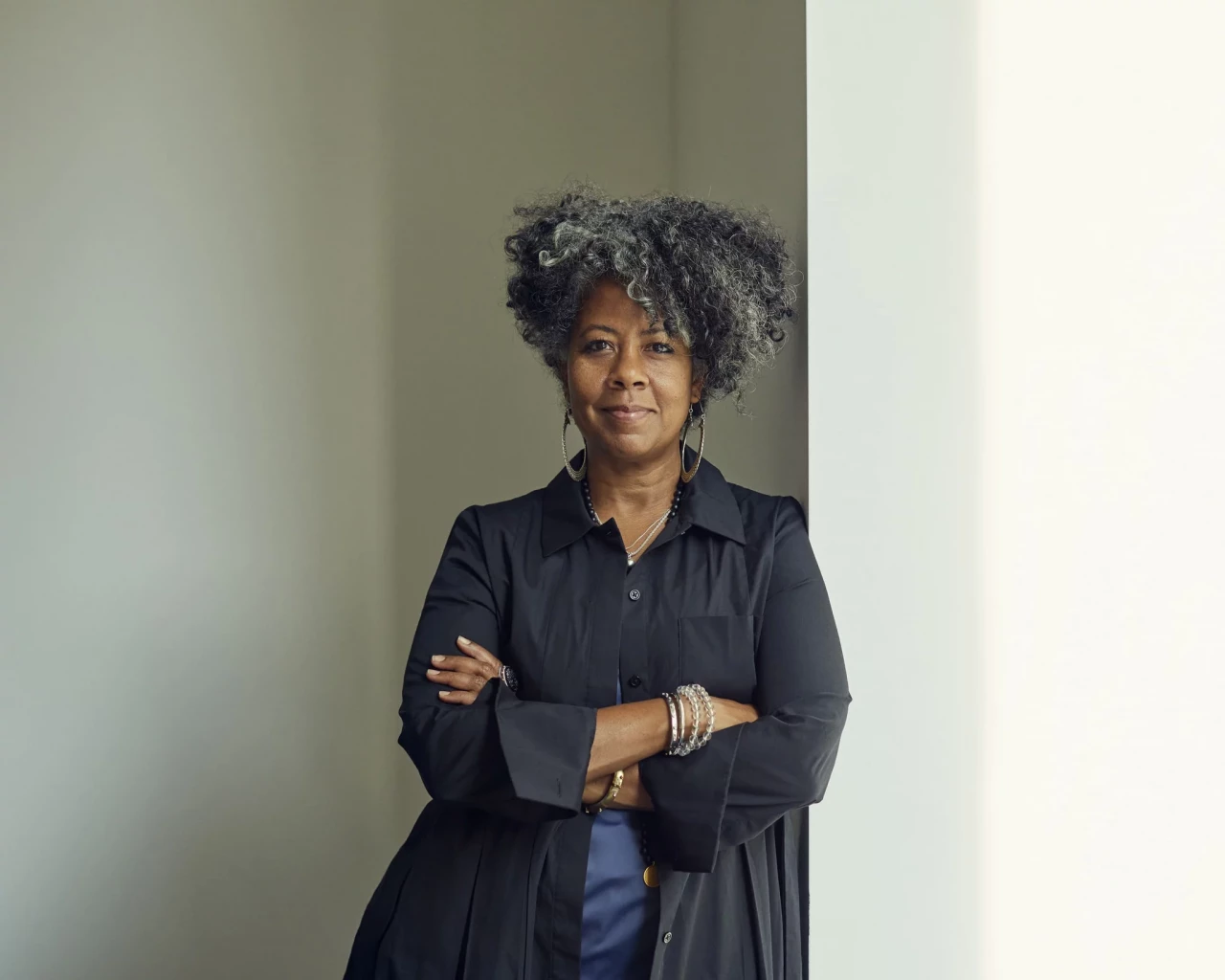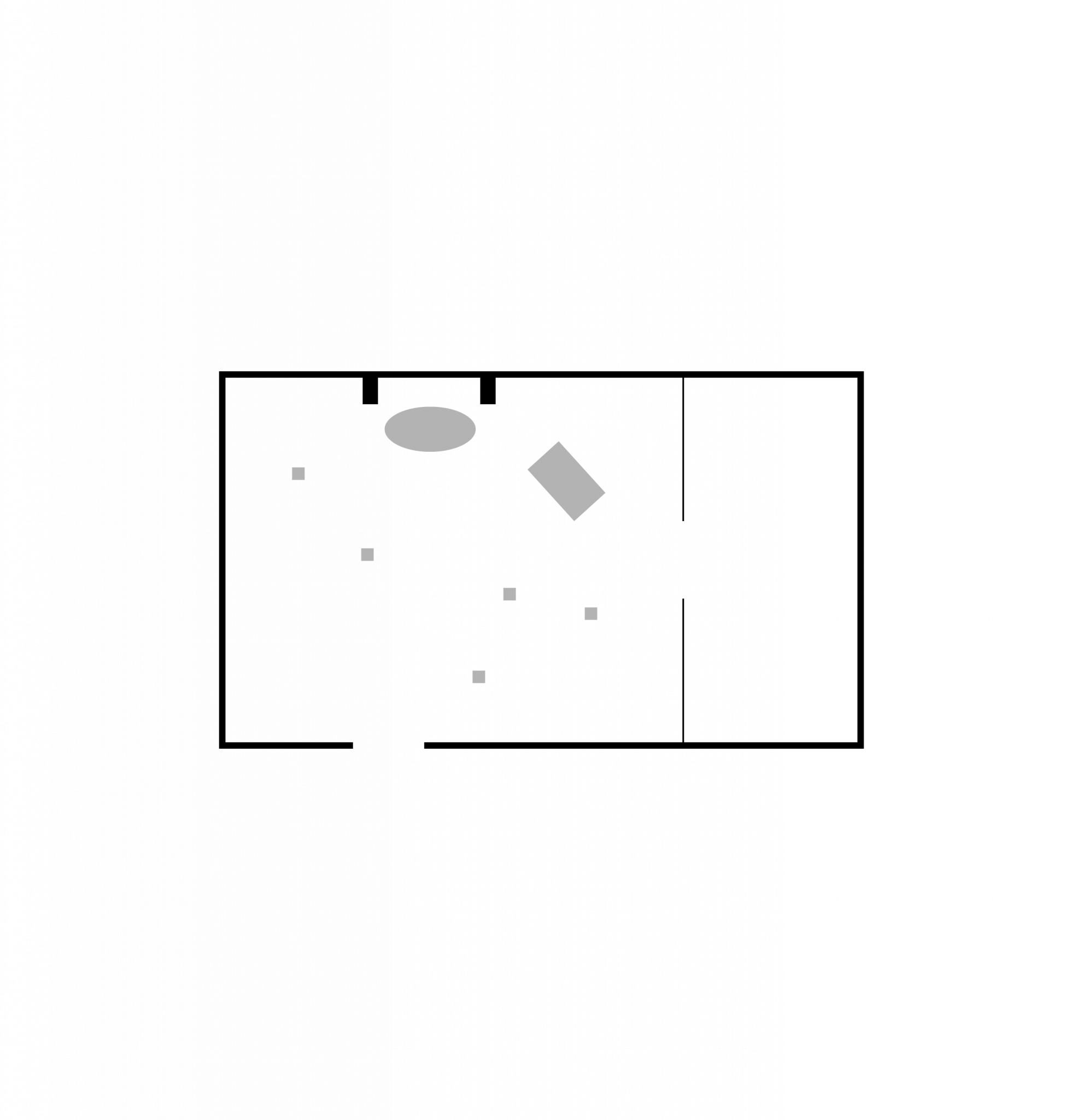토크와세 다이슨Torkwase Dyson

토크와세 다이슨은 자신을 화가라고 정의하며, 생태, 인프라, 건축에 걸친 연속성을 탐구하는 작품들을 소개해왔습니다. 다이슨의 추상적인 작품들은 긴장, 움직임, 규모, 실재와 무한한 공간이 뒤섞여 구축하는 시각적이고 물질적인 시스템입니다. 흑인과 유색인종이 ‘공간’을 형상화된 정보로 인식하고 관계를 다루는 방식에 초점을 맞추며, 인류의 존립에 보다 적합한 환경을 조성하기 위한 공간적 맥락에서의 해방 전략에 대해 역사적이고 동시대적인 관점에서 고찰하고, 더욱 생생한 지리를 위한 잠재성을 새롭게 이해하는 방식을 찾습니다.
작가는 붓질을 쌓아가고 표면을 구축하며 천천히 회화를 만들어 나갑니다. 이미지와 오브제 사이에서 긴장감을 형성하는 미니멀한 기하학적 요소들도 회화의 일부로 간주합니다. 붓질과 다른 도구를 사용하여 다양한 시각적 관계를 만들어내는 회화적 행위는 섬세한 기호와 움직임을 나타내는 다이어그램과 같은 선들을 병치하며 더욱 시적인 형상을 갖추게 됩니다. 이와 같이 엄정한 구성으로 완성된 작품은 건축적인 존재감과 시각적 중력을 드러냅니다.
작가는 워싱턴 D.C.의 스미스소니언 국립 아프리카 미술관, 뉴욕 휘트니미술관, 뉴욕 현대미술관과 캘리포니아 아프리칸아메리칸박물관에서의 단체전과 워터빌 콜비대학교 미술관, 시카고 그래엄 순수미술 재단, 필라델피아 스쿨길 환경교육센터, 버밍험대학교 수잔 렘버그 어스댄 갤러리에서 개인전을 개최한 바 있습니다.
Torkwase Dyson describes herself as a painter working across multiple mediums to explore the continuity between ecology, infrastructure, and architecture. Dyson’s abstract works are visual and material systems used to construct fusions of surface tension, movement, scale, real and finite space. With an emphasis on the ways black and brown bodies perceive and negotiate space as information, Dyson looks to spatial liberation strategies from historical and contemporary perspectives, seeking to uncover new understandings of the potential for more livable geographies.
Dyson builds the paintings slowly, accumulating washes, building surface, and configuring minimal geometric elements that lend a productive tension between image and object. The paint-handling producing various visual qualities using brushwork and other tools is made poetic by a juxtaposition of delicate marks and scored diagrammatic lines. This compositional rigor imbues the works with an architectural presence and optical gravity.
In addition to participating in group exhibitions at the Smithsonian National Museum of African Art, Washington, D.C.; Whitney Museum of American Art, New York; The Museum of Modern Art, New York; and California African American Museum, Los Angeles, Dyson has had solo exhibitions and installations at Colby College Museum of Art, Waterville, Maine; Graham Foundation for Advanced Studies in the Fine Arts, Chicago; Schuylkill Center for Environmental Education, Philadelphia; and Suzanne Lemberg Usdan Gallery, Bennington College, Vermont.









